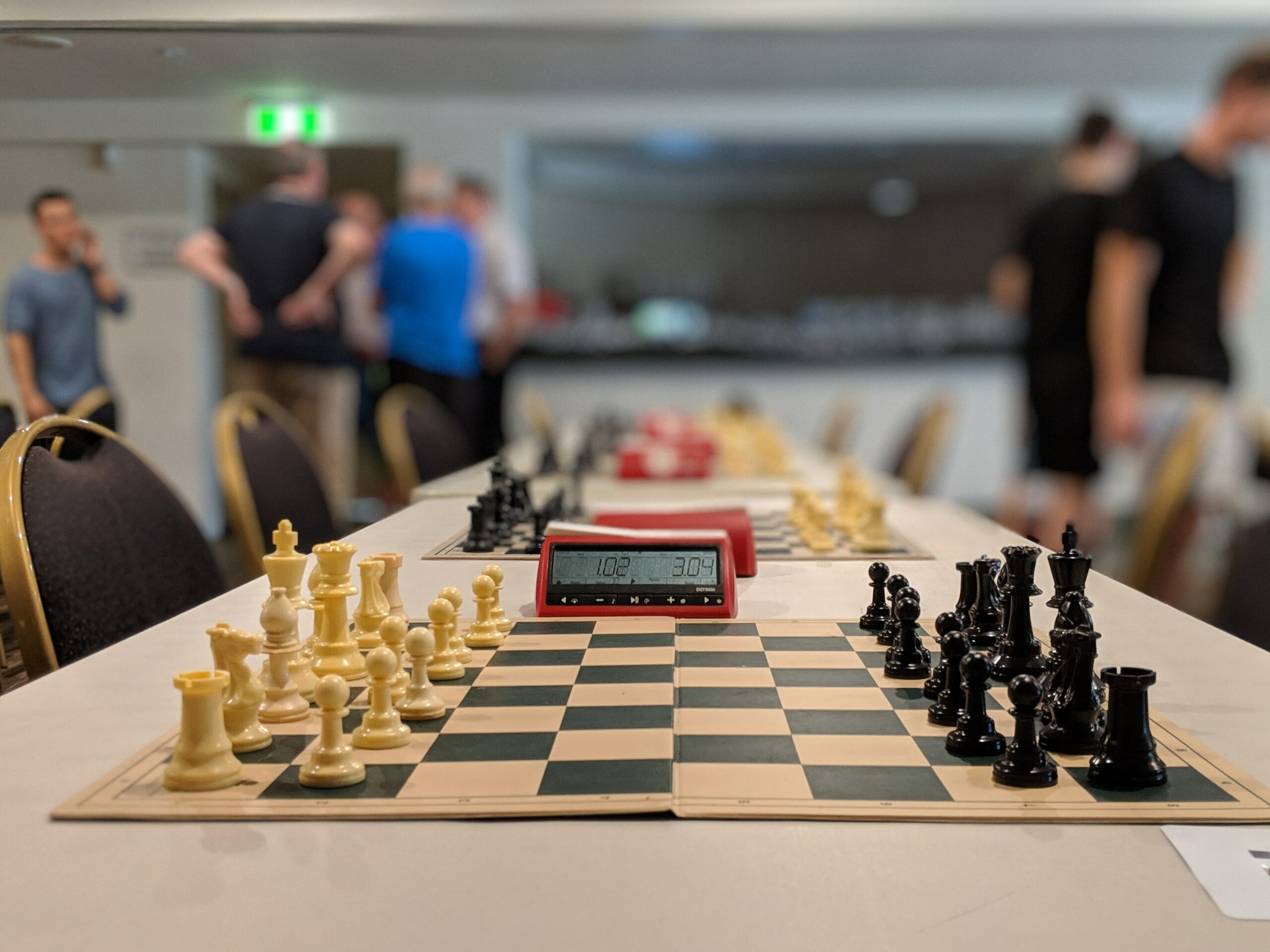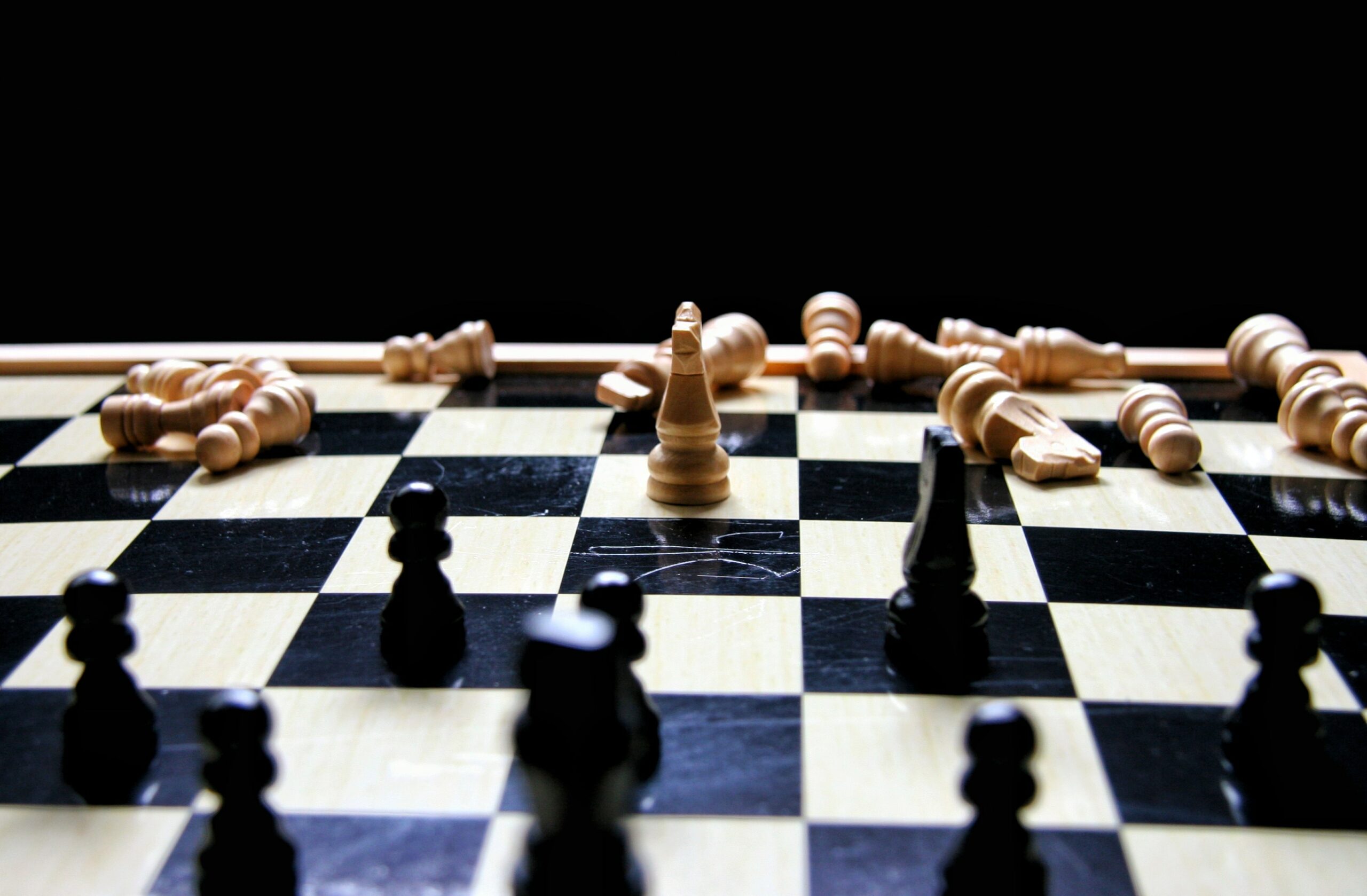Chess is a game of strategy, skill, and intellectual prowess. As players engage in thrilling battles on the checkered battlefield, there’s more than just a victory or defeat at stake. Within the chess community, there exists a sophisticated rating system known as the Elo rating system.
This system provides a numerical representation of a player’s skill level, allowing for fair matchups and tracking progress over time. In this comprehensive guide, we will dive deep into the intricacies of the Elo rating system, exploring its origins, significance, calculation methods, and much more.
Whether you’re a beginner looking to understand the chess landscape or a seasoned player aiming to enhance your rating, this article will provide valuable insights to help you navigate the fascinating world of chess ratings.
What is the Elo rating system?
The Elo rating system, named after its creator Arpad Elo, is a method used to calculate the relative skill levels of players in two-player games, such as chess. It assigns a numerical rating to each player, indicating their expected performance against other players.
The system takes into account factors like win/loss results, the rating of opponents, and the expected outcome of the game. Higher-rated players are expected to perform better against lower-rated opponents, while lower-rated players have a greater potential for rating gains when facing stronger opponents.
Who created the Elo rating system and when?

The Elo rating system, widely used in various competitive games including chess, was created by Arpad Elo, a Hungarian-American physics professor and chess master. Arpad Elo developed the rating system in the early 1960s while working for the United States Chess Federation (USCF).
The system was initially designed to address the limitations of the previously used Harkness system, providing a more accurate and dynamic method of calculating player ratings. Elo’s innovative approach revolutionized the way ratings were determined, introducing a mathematical model that considers the relative strengths of players and adjusts ratings based on the outcomes of their games.
Today, the Elo rating system remains the most recognized and widely adopted method for rating calculation in chess and other competitive activities.
How is the Elo rating calculated for chess players?
The Elo rating calculation involves complex mathematical algorithms, but the underlying principle is relatively straightforward. When two players compete, their rating adjustments depend on the rating difference between them and the outcome of the game.
If a lower-rated player defeats a higher-rated opponent, their rating will receive a significant boost, while the higher-rated player’s rating will experience a corresponding decline. Conversely, if a higher-rated player defeats a lower-rated opponent, the rating changes will be less dramatic.
The specific formula takes into account various factors like the rating difference, the expected score, and the player’s performance.
| Rating Difference (RD) | Expected Score (ES) | Rating Update (RU) |
|---|---|---|
| +400 | 1.00 | +16 |
| +200 | 0.75 | +10 |
| +100 | 0.64 | +8 |
| +50 | 0.58 | +7 |
| +25 | 0.54 | +6 |
Can the Elo rating be used in other competitive games?
While the Elo rating system gained prominence in the realm of chess, its applications extend beyond the boundaries of the game. This rating system has found adoption in various other competitive activities, such as other board games, sports, online gaming, and even professional poker.
Its effectiveness lies in providing a standardized measure of skill across diverse competitive domains.
What is the significance of the initial Elo rating?
The initial Elo rating holds significant importance in the rating system, as it serves as a starting point for new players or those without an established rating. The initial rating is typically assigned to players who have not yet played any rated games or are joining a new rating system.
This rating is often based on estimates or provisional calculations. The significance lies in its role in determining the trajectory of a player’s rating. In the early stages, the initial rating can be subject to larger fluctuations as it adjusts rapidly based on game outcomes against opponents with varying ratings.
A strong performance can lead to rapid rating increases, while poor results can result in substantial rating decreases. As players accumulate more rated games, their initial rating becomes less influential, gradually stabilizing as the system gains more confidence in their skill level.
Thus, the initial Elo rating acts as a crucial starting point, shaping the rating journey and providing an opportunity for players to prove their abilities and establish their true skill level within the rating system.
Are there different variations of the Elo rating system?
Over time, various adaptations and refinements to the original Elo rating system have emerged. Different sports and games have introduced modifications tailored to their specific requirements.
For example, the Glicko system and the Glicko-2 system were developed to address certain limitations of the Elo system, such as the treatment of inactivity or the volatility of ratings. However, the classic Elo rating system remains the most widely recognized and used in chess.
What is the highest Elo rating ever achieved in chess?
The highest Elo rating ever achieved in chess is held by Garry Kasparov, a legendary chess grandmaster from Russia. In 1999, Kasparov reached a record-breaking peak rating of 2851. His exceptional rating reflected his dominance in the chess world during that time, as he held the World Chess Championship title for 15 years from 1985 to 2000.
Kasparov’s unparalleled strategic brilliance and relentless pursuit of excellence solidified his status as one of the greatest chess players in history. While other players have come close to Kasparov’s record, his remarkable peak rating remains unmatched, standing as a testament to his extraordinary skills and achievements on the chessboard.
Can the Elo rating change over time?
The Elo rating is dynamic and can change over time based on a player’s performance. The rating changes are influenced by the outcome of games and the relative ratings of opponents.
Regular participation in tournaments and matches provides opportunities for rating adjustments, allowing players to climb the ranks or recover from setbacks. It’s worth noting that rating adjustments are gradual and reflect a player’s overall performance rather than individual game results.
Are there any limitations or criticisms of the Elo rating system?
While the Elo rating system is widely embraced, it is not without its limitations and criticisms. One criticism is that the system relies solely on win/loss outcomes and does not consider the quality of moves or the closeness of games.
Additionally, the system assumes that player performance follows a predictable bell curve, which may not always be the case. Furthermore, the rating system may not account for significant changes in player skill over long periods due to factors like age or prolonged breaks from competitive play.
How can beginners improve their Elo rating in chess?
For beginners aspiring to enhance their Elo rating in chess, several strategies can prove beneficial. Firstly, investing time in learning and understanding fundamental chess principles, such as piece development, pawn structure, and basic tactics, is crucial.
Additionally, practicing regularly and analyzing games—both wins and losses—can help identify areas for improvement. Seeking guidance from experienced players, studying classic games, and using online resources and chess tutorials can accelerate skill development.
Is the Elo rating system used in online chess platforms?

The Elo rating system, originally developed for over-the-board (OTB) chess, is widely used in online chess platforms as well. Platforms such as Chess.com, lichess.org, and many others utilize the Elo system to calculate and assign ratings to players based on their performance in online games.
These platforms adapt the Elo system to the online environment, considering factors such as time controls, anti-cheating measures, and the specific dynamics of online gameplay. Online ratings derived from the Elo system serve as a valuable tool for players to track their progress, find opponents of similar skill levels, and compete in online tournaments.
While there may be slight variations in the implementation of the Elo system across different platforms, its fundamental principles remain consistent, ensuring fair and balanced competition in the digital realm of chess.
What are some famous chess players with high Elo ratings?
Many famous chess players have achieved remarkable Elo ratings, demonstrating their exceptional skill and dominance in the chess world. Here are some renowned players who have attained high Elo ratings:
-
Magnus Carlsen: The current World Chess Champion and one of the highest-rated players in history, Carlsen reached an Elo rating of 2882 in 2014, the highest ever recorded at that time.
-
Garry Kasparov: Regarded as one of the greatest chess players of all time, Kasparov held the highest Elo rating of 2851 in 1999, a record that stood for 20 years.
-
Fabiano Caruana: A top American grandmaster, Caruana achieved an impressive Elo rating of 2844 in 2014, cementing his position among the elite players.
-
Levon Aronian: Known for his creative and dynamic style of play, Aronian reached a peak Elo rating of 2830 in 2014, solidifying his reputation as one of the world’s strongest players.
-
Viswanathan Anand: A former World Chess Champion, Anand obtained an Elo rating of 2817 in 2008, showcasing his immense talent and long-standing success in the chess arena.
-
Vladimir Kramnik: Renowned for his strategic prowess, Kramnik achieved an Elo rating of 2817 in 2016, leaving a significant impact on the chess world.
-
Hikaru Nakamura: A prominent American grandmaster and skilled blitz player, Nakamura reached an Elo rating of 2816 in 2015, showcasing his remarkable speed and tactical abilities.
How has the Elo rating system influenced the game of chess?

The introduction of the Elo rating system has significantly impacted the world of chess. It has brought structure and order to competitive play, allowing players to gauge their progress, compete against similarly skilled opponents, and aspire to reach greater heights.
The rating system fosters healthy competition, encourages improvement, and contributes to the ongoing evolution of the game.
In Summary
The Elo rating system in chess serves as a powerful tool for evaluating player skill levels, enabling fair matchups, and tracking progress over time. Its impact on the chess community cannot be overstated.
As you embark on your chess journey, whether as a beginner or a seasoned player, understanding the intricacies of the Elo rating system will empower you to navigate the dynamic chess landscape with confidence and ambition. So, embrace the challenges, strive for improvement, and let your Elo rating reflect your dedication and love for the game.




